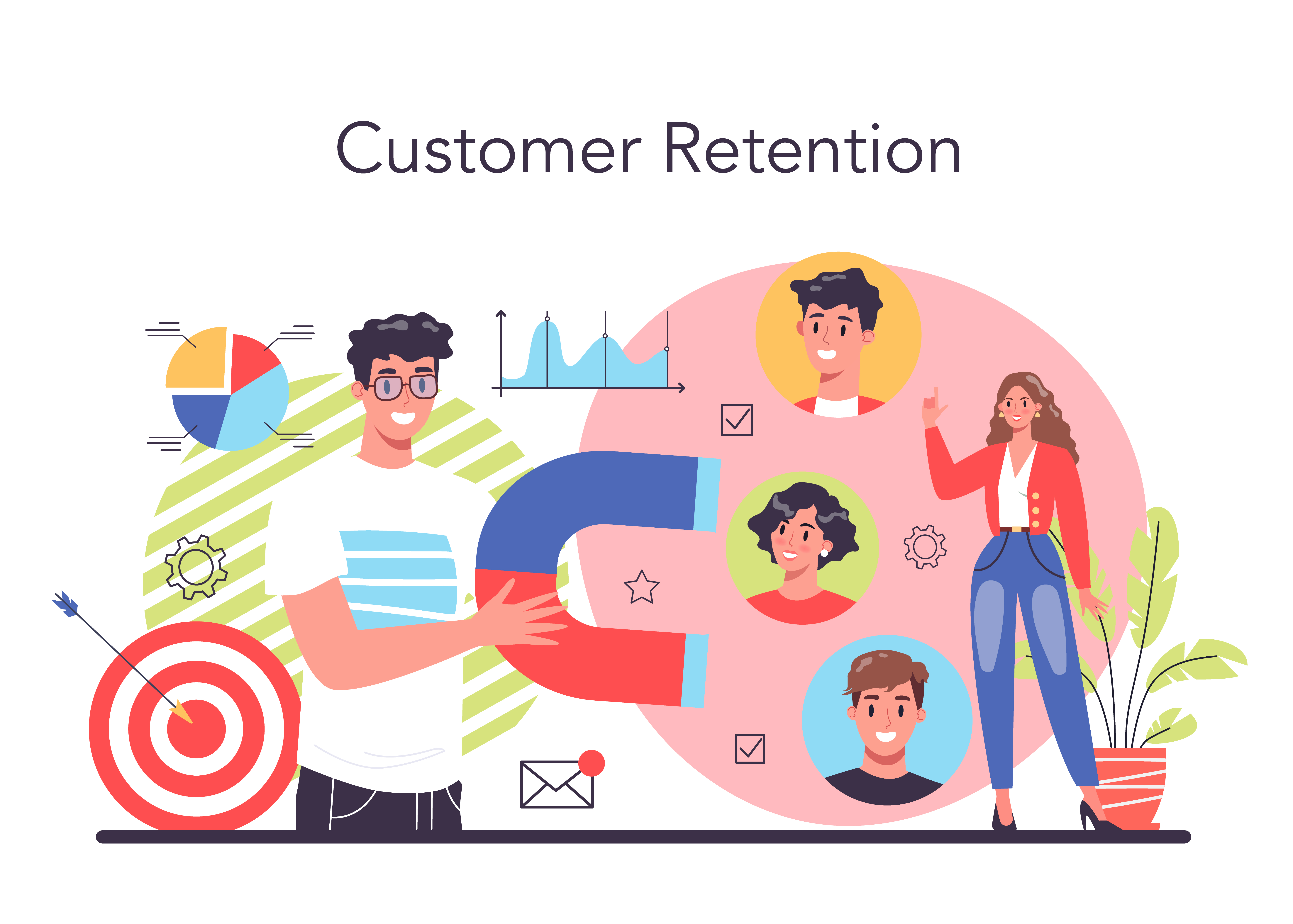Retargeting Strategies – Most visitors to your job website are not going to buy the first time they land on your website—and that’s okay. But here’s the marketing mafia secret trick that top marketers do: by implementing Retargeting Strategie techniques in online advertising, you can get those potential buyers to come back and turn into repeat customers.
In this article, we are going to cover how to plan out and execute successful retargeting campaigns step by step – even if you’ve never done this before.

Retargeting is an online advertising technique that allows you to show ads to a user who has visited your website, mobile app, or social media page before. They are warm leads and aware of your business – now all you have to do is get them back.
Over 90% of first-time website visitors don’t make a purchase or inquiry. Retargeting helps recover these missed opportunities.
Here’s why implementing retargeting strategies in digital marketing is a game-changer:
Before jumping into implementation, it’s important to understand the different types of retargeting.
This is the most common method. When someone visits your website, a small piece of code (called a pixel) gets added to their browser. This allows you to show them ads as they browse other websites or social platforms.
Best for: Website traffic, blog readers, or landing page visitors.
You upload a list of email addresses or phone numbers (e.g., from a CRM), and platforms like Facebook or Google match these with their users.
Best for: Newsletter subscribers, past customers, or leads from other campaigns.
Now let’s get into the practical side of how to implement retargeting strategies in digital marketing.
Not every visitor is the same. Segment your audience based on:
You can run retargeting campaigns on various platforms:
Start with the platform where your audience spends the most time.
Each platform gives you a pixel or tracking code. Add it to your website’s header. Use tools like Google Tag Manager to manage multiple pixels easily.
Examples:

Retargeting works best when your ads are compelling and relevant. Try these creative ideas:
Remind users of what they liked.
Add urgency with “Only 24 hours left!” or “Get 10% off your next order.”
Social proof builds trust and pushes hesitant buyers to act.
If someone visited your blog, retarget with an eBook or webinar invite.
Too many retargeting ads can be annoying. Use frequency caps to control how often users see your ads.
Implementing retargeting strategies is not a one-time task. You need to measure what’s working and refine your approach.
Example:
“Complete Your Purchase” vs. “Get 10% Off Today”

One eCommerce brand saw a 35% increase in conversions by targeting users who abandoned carts with a special discount. The key? Personalized product ads combined with urgency-driven messaging.
If you are not already using Retargeting Strategies , you are essentially walking away from sales. Knowing how to use retargeting in digital marketing can help you maximize the visitors who visited your site and exhibited intent-to-purchase.
It is not just a matter of implementing retargeting and following them across the web; it is actually about reconvening potential customers in a smart, useful and personalized method.